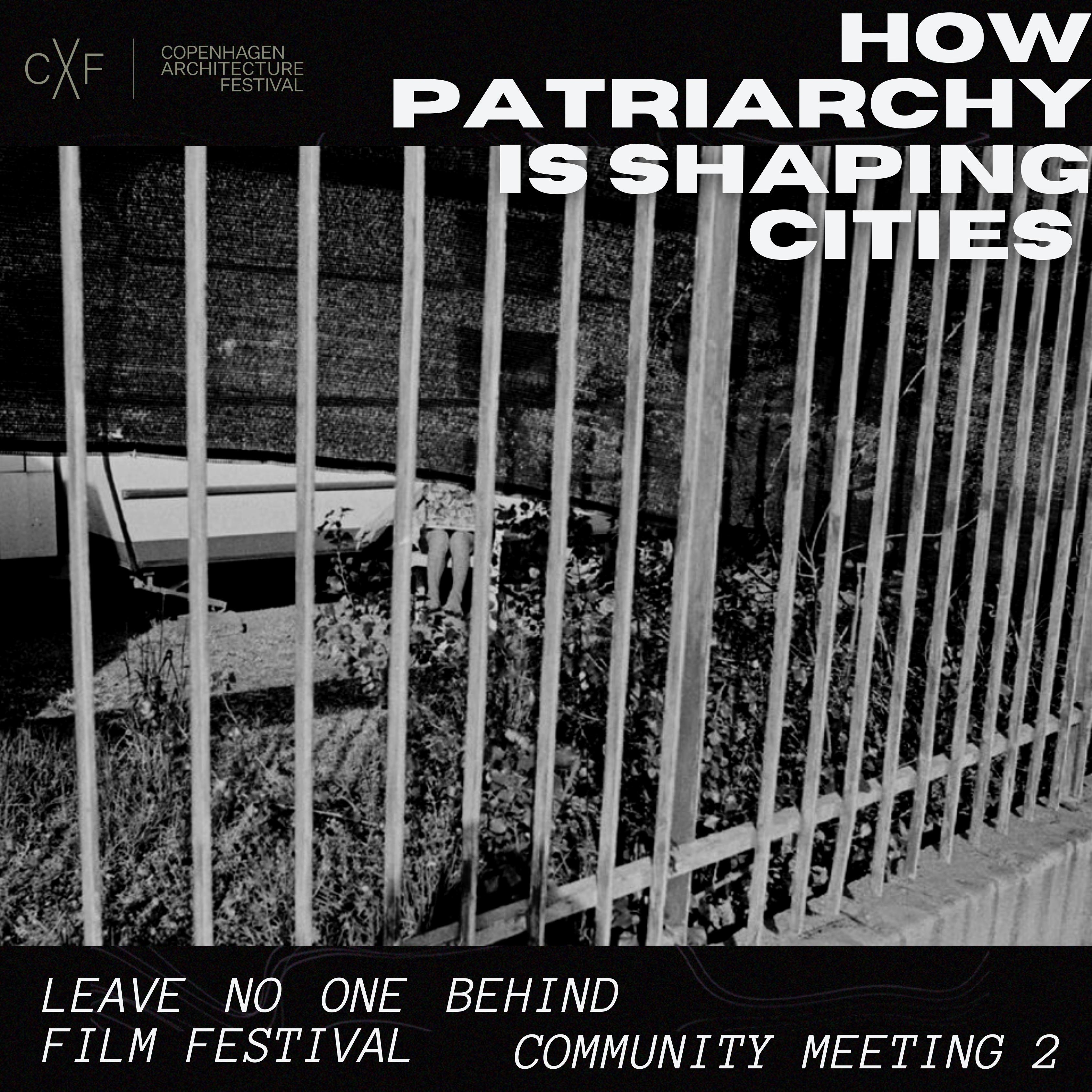Throughout the summer of 2022, Queer Art Festival Baku carried out workshops on filmmaking and urbanism for around 40 participants. The workshops addressed the challenges marginalised communities face in city design and the built environment. As the continuation of the project, in early autumn, QAF organised three community meetings to discuss the queer experiences of city planning, share the knowledge gained during the workshops, and have discussions about inclusive city design. The second topic of the meetings was “How patriarchy shapes cities?”. During this community meeting that was carried out on 25 September, participants reflected on questions to understand how “man-made” cities are leaving the needs of women* and LGBTI+s behind. Baku is not a compact city and the urban infrastructure is designed mostly in favor of privileged men who can afford cars and driving. Schools, hospitals, malls, libraries, and many other public institutions and gathering spaces are either in very central areas or spread around other newly emerging centres. Rising housing prices due to the rapid centralisation over the past few decades and the increasing number of people moving to Baku for job and study opportunities each year made accommodations around central areas almost inaccessible and more affordable residential areas are separated from commercial and industrial areas. Thus, the urban design leaves many underprivileged women* and LGBTI+s who do not have access to cars or other individual means of transport with little to no choice of traveling long distances to have access to certain services, entertainment, leisure, and education. In the country, many people still have stereotypes about women drivers, and most car drivers are still men. Focusing on the issue from a certain perspective, one could understand how patriarchy is shaping cities: a city where a cis-heterosexual man could easily go around with a car to get to places, yet it is mostly women*/single mothers – who are also mostly the main caregiver in the family – bear the challenges of unsafe and insecure public transport, threat and fear of being outside after certain hours, inaccessible areas due to man-created toxic environment to give a few examples. LGBTI+s and other marginalised communities are going through similar experiences and they are even in a more vulnerable situation due to the systemic violence and lack of inclusive city design. According to the participants, the lack of job opportunities, and the challenges of more conservative and oppressive neighbourhoods of their hometowns leave them with no other choice but to move to big cities. The community is also mostly centred in Baku and it is another motivating reason for most LGBTI+s to move to the capital. However, the design of packed and tall buildings that are very close to the sidewalks challenges the community in a way that they feel “seen” or easily observed by others. Small towns usually have contrasting planning where most of the houses are one floor with a big backyard and are pretty far from each other. Participants agreed that they used to feel less exposed to the neighborhood because of the built environment of their hometowns. Many also pointed out that the backyard of their residential buildings in Baku is mostly taken away by cis-hetero men in the evenings to gather and play board games or chat and they do not feel safe going out around these times. Additionally, the noise they make at night also disturbs the neighbourhood, and unfortunately, no one feels safe enough to complain about it most of the time. Another discussion point was about the inclusivity challenges of Baku for women* and LGBTI+s. The participants were worried about the increasing harassment cases and hate crimes and added that the lack of cameras and lighting in many streets outside the center is one of the reasons for worsening the situation. One stated, “we want to feel safe not only around the centre but also everywhere else in the city!”. Stating that the role of patriarchy in urban development is very significant, the participants highlighted “more queers and women are harassed in subways and buses and this kind of city-building serves cis-hetero men. In the reality of Azerbaijan, those men drive more cars and their comfort is prioritised.” In conclusion, participants agreed that the abscence of women* and marginalised communities in decision-making processes about the city planning of Baku is one of the major reasons for most urban challenges. Wider sidewalks, gender-neutral public toilets, proper and functioning transport card systems at bus stops, public transport running on time, cameras and lights on the streets for security, and coded doors in the residential buildings were mentioned as a few examples to solve the issues on ground level. Close to the end of the event, participants went through some art pieces from last year’s exhibition “Queer Urban Stories” and commented that it was interesting to analyse the artworks, and as a result of the discussions, they became aware of more struggles related to urban design.
LNOB Community Meeting 2: How Patriarchy Shapes the Cities

